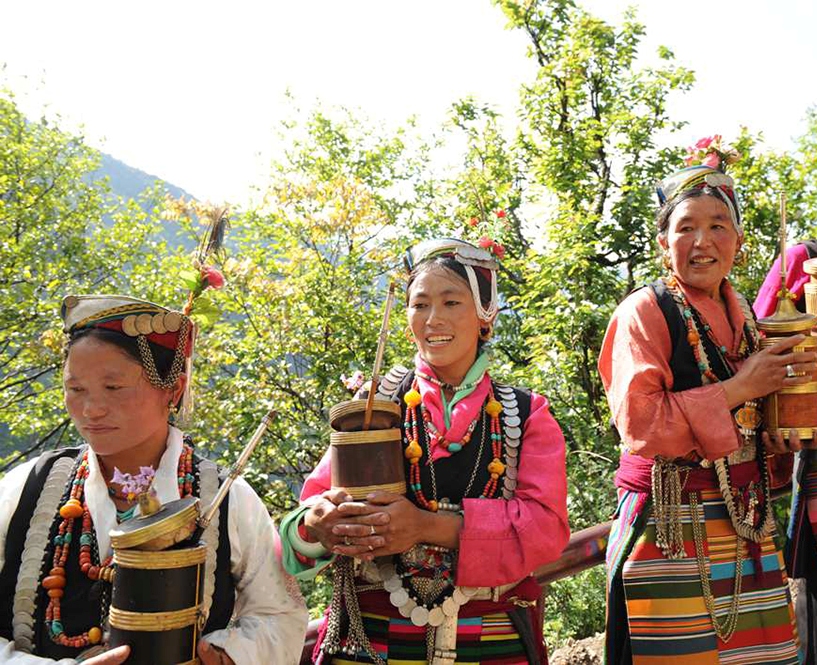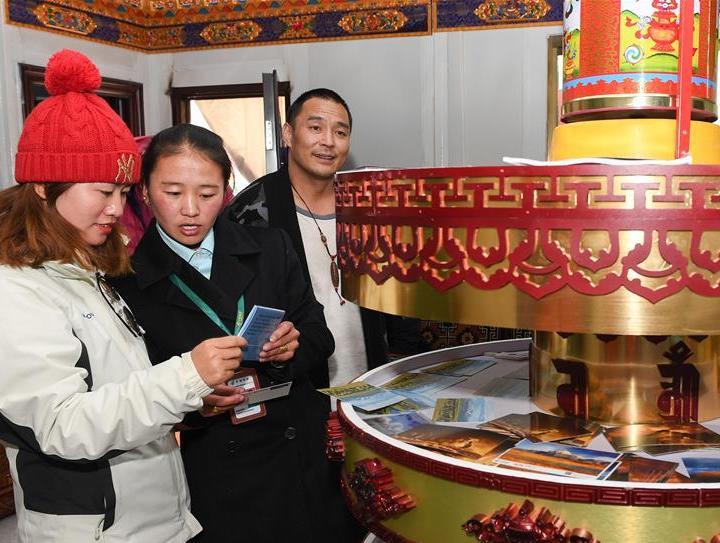Diverse animals at the source of Yellow River
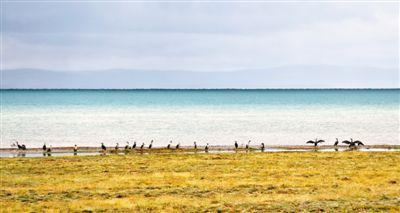
Cormorants by the Ngoring Lake located at the source of Yellow River in Madoi County, northwest China's Qinghai Province.[Photo/People's Daily]
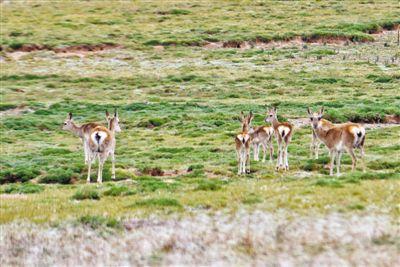
Tibetan antelopes by the Ngoring Lake located at the source of Yellow River in Madoi County, northwest China's Qinghai Province.[Photo/People's Daily]
In recent years, Madoi County in northwest China's Qinghai Province has continued to improve its ecological protection level. According to the Department of Forestry of Qinghai Province, the Yellow River Source Park of the Sanjiangyuan National Park in Madoi County, has 78 kinds of wild vertebrate animals, including 40 kinds of birds, 30 kinds of beasts, and eight kinds of fish, with 69 kinds of the animals on China's priority protection list. National Level One protected animals include snow leopards, white-lipped deer, Tibetan antelopes, wild yak, black-necked cranes, golden eagles, etc., as well as 13 kinds of species unique to the Qinghai-Tibet plateau region. Madoi County is one of the regions with concentrated habitats of wild Tibetan donkeys and wild Tibetan antelopes.
Editor: Tommy Tan.
Your Comment
Name E-mailRelated News
-
-
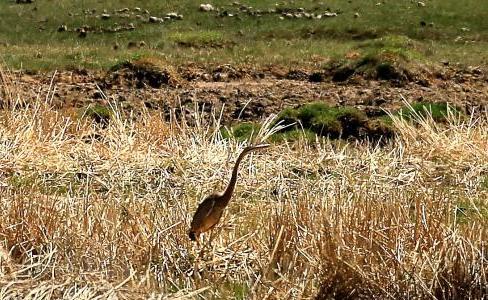
-
Purple heron first seen in Qinghai Lake
The purple heron was first seen at Qinghai Lake in northwest China's Qinghai Province.
-
-
-

-
Highlights of 8th stage of Tour of Qinghai Lake
Cyclists compete in the eighth stage of the Tour of Qinghai Lake in northwest China's Qinghai Province on July 29, 2018.
-
-
-
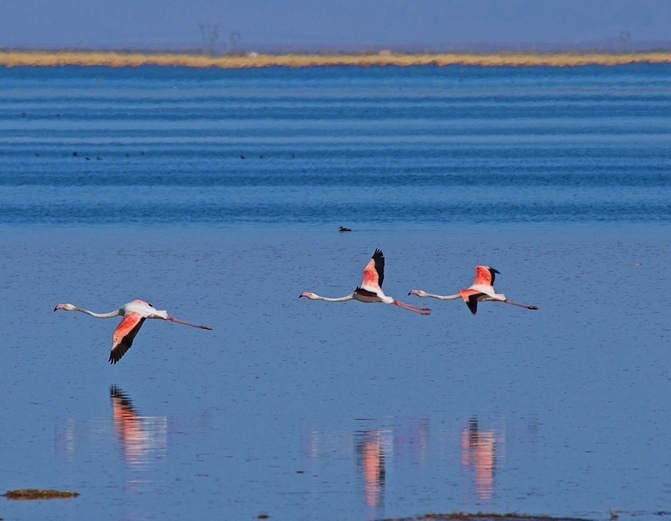
-
Qinghai reports growth in Tibetan medicine output value
Northwest China's Qinghai Province, one of the largest producing areas for traditional Tibetan medicine across China, saw vigorous development in the industry in 2017, local authorities said.
-
-
-
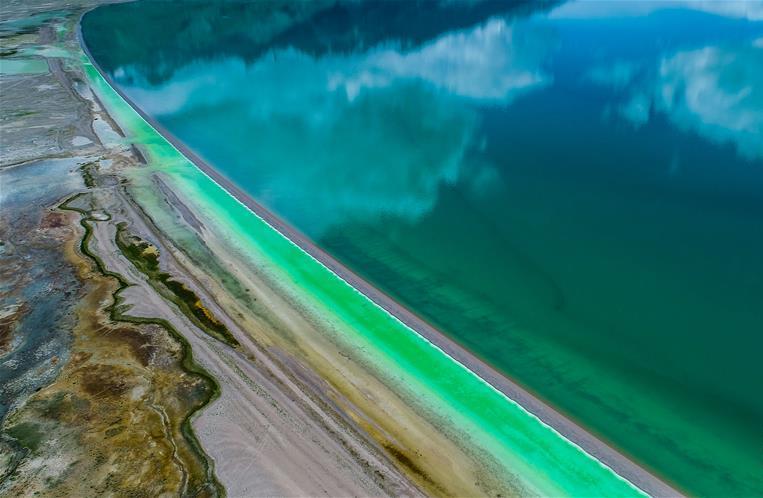
-
China launches peat bogs investigation on Qinghai-Tibet Plateau
Northwest China's Qinghai Province launched an investigation into peat bogs in the province Wednesday, the first investigation of its kind conducted on the Qinghai-Tibet Plateau.
-
-
-
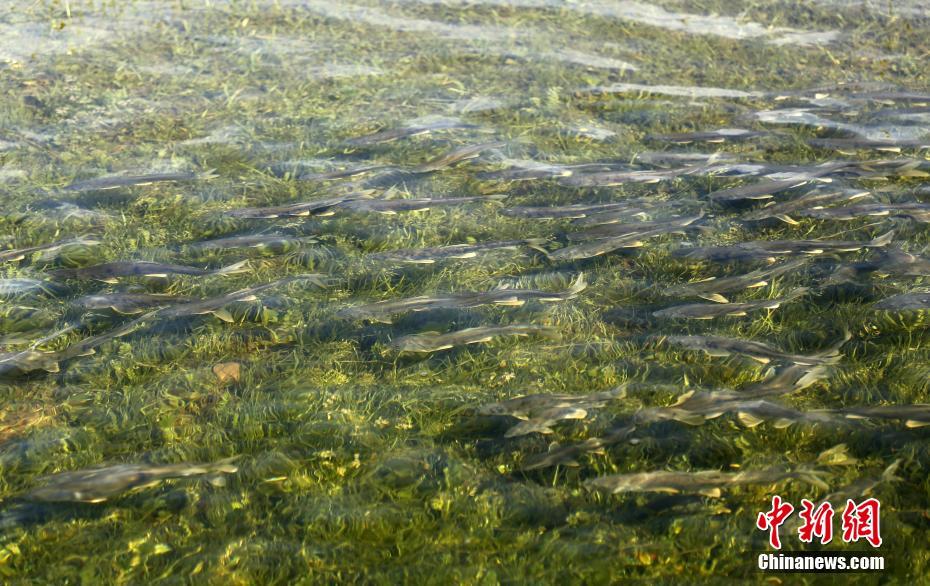
-
Carps in Qinghai Lake swim upstream for breeding
Every year, from late May through mid-August, carps grown in the lake would swim upstream into the freshwater area of the river, to lay eggs and breed, before returning to the lake.
-




